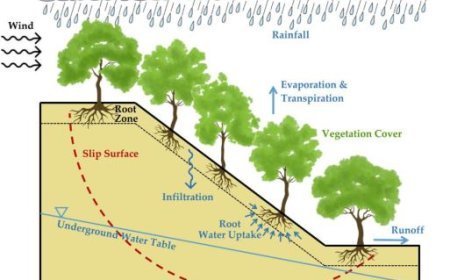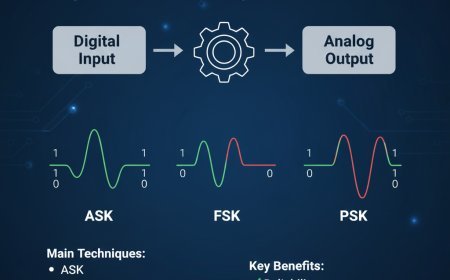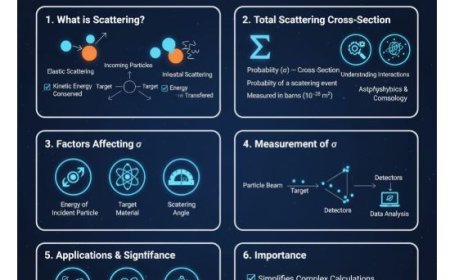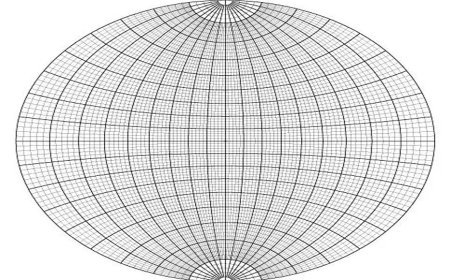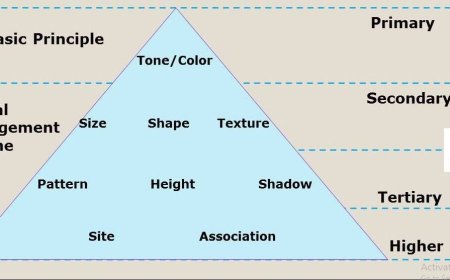ORGANIC EVOLUTION AND EVIDENCE OF EVOLUTION
Examine the evidence for organic evolution, from comparative anatomy to molecular biology.
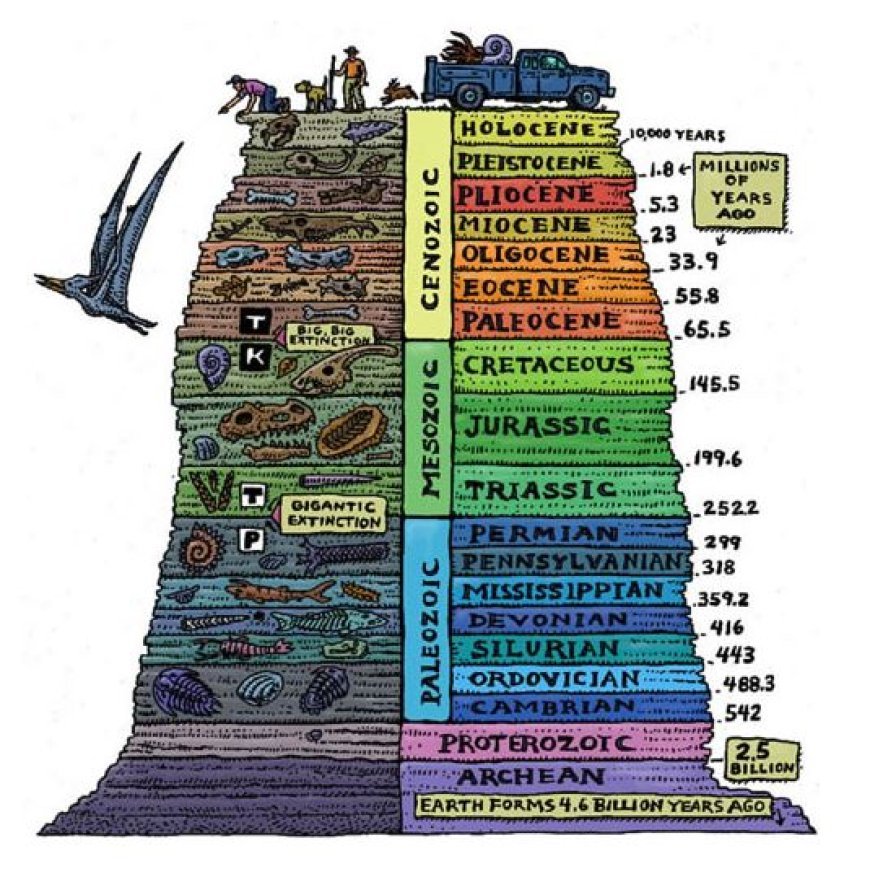
ORGANIC EVOLUTION AND EVIDENCE OF EVOLUTION
Introduction
- Organic evolution is the process by which different species of living organisms evolve and diverge from earlier forms throughout Earth's history.
- This concept is critical to biology and serves as the foundation for understanding life's diversity.
- Numerous pieces of geological evidence lend credence to the evolutionary idea.
Understanding organic evolution
- Defintion
- Organic evolution is described as a change in the genetic makeup of populations over time.
- It basically defines how living organisms adapt, survive, and evolve in reaction to their circumstances.
1.2 Processes of Evolution
- Natural Selection: Organisms that have been adapted have a greater likelihood of survival and reproduction.
- DNA mutations can introduce new characteristics to a species.
- Random events can alter the predominance of certain traits in a population, causing genetic drift.
Evolutionary evidence in geology
- Geology has a large library of evidence that supports the theory of evolution.
Here are a few key points.
2.1 Fossil Record
- Fossils are the preserved remnants of extinct species.
- There might be impressions, bones, shells, or even DNA.
- Transitional fossils have features from both ancestral and developed forms, showing gradual transitions.
- Archaeopteryx is a notable example, as it possessed both reptile and avian features.
2.2 Stratigraphy Layered Rock Formations
- Strata are the strata where rocks are usually deposited.
- Each layer represents a separate era.
- The study of strata allows scientists to determine the age of fossils and the development of species.
- The youngest fossils are found in the upper strata, while the oldest are found in the lower layers.
2.3 Biogeography
- Species Distribution: The worldwide distribution of species provides clues to evolutionary history.
- Species Distribution: Understanding species' worldwide distribution can provide insight into evolutionary history.
- Similar species found on various continents, for example, indicate that they had a common ancestor.
- Island Evolution: Unique species on islands such as the Galápagos evolved in isolation, demonstrating the influence of geographical barriers on evolutionary processes.
2.4 Comparative Anatomy
- Homologous characteristics: Similar traits of different species, such as human forelimbs, whales, and bats, may be traced back to a common ancestor.
- These commonalities indicate a common evolutionary history.
- Vestigial Structures: Some creatures, such as the human appendix, have structures that no longer serve a purpose, demonstrating their evolutionary significance.
2.5 Molecular Evidence
- Genetic advancements have enabled scientists to compare DNA sequences from different animals.
- Similarities in genetic material are significant indicators of shared ancestry.
- Protein studies: Comparing protein structures from different species can reveal evolutionary relationships, revealing a common ancestor.
The Significance of Evolutionary Evidence
3.1 Understanding Biodiversity
- Evolutionary data helps to explain how millions of species emerged from common ancestors across time. This understanding is important for areas like conservation biology since it reveals information about species relationships and ecosystem health.
- 3.2 Medical Advances: Understanding the evolution of viruses and bacteria has significant implications for illness research and medication development.
What's Your Reaction?











